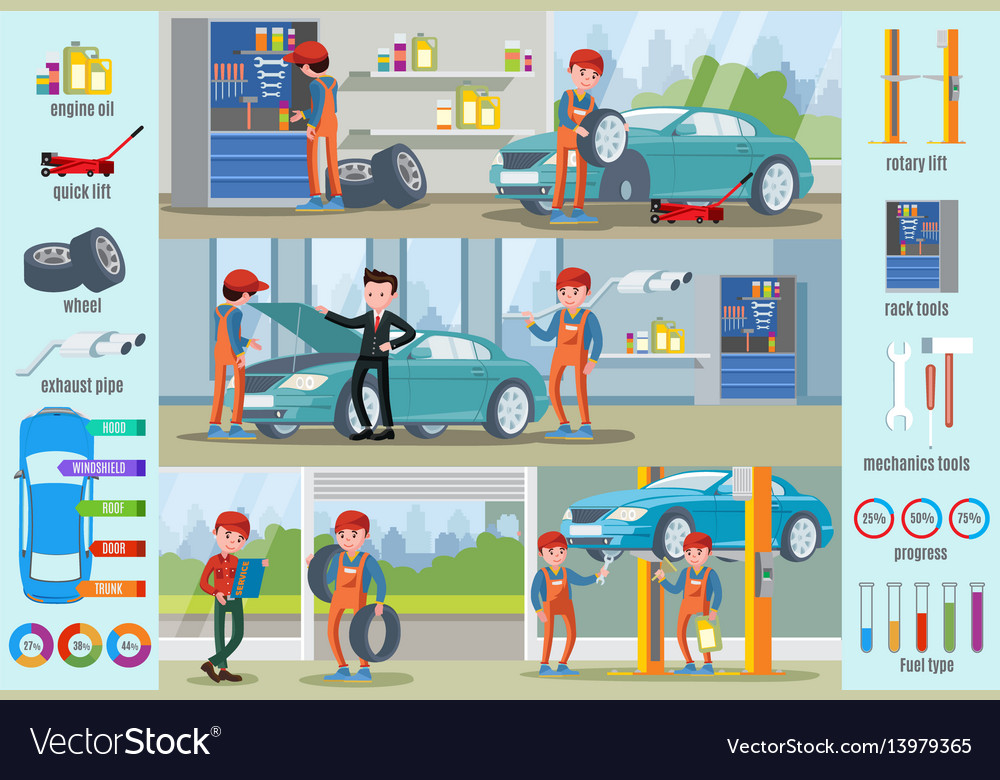Realizing The Importance Of Your Automobile'S Warning Signals: What They In Fact Stand For
Realizing The Importance Of Your Automobile'S Warning Signals: What They In Fact Stand For
Blog Article
Material Composed By-Lauritsen Forbes
When you lag the wheel, those radiant caution lights on your dashboard can be a bit puzzling. Do you know what they're trying to tell you concerning your cars and truck's wellness? Comprehending the importance of these lights is vital for your safety and security and the longevity of your automobile. So, the following time one of those lights pops up, would not you want to decode its message accurately and take the necessary actions to address it?
Common Caution Lighting and Interpretations
Identify usual caution lights in your vehicle and recognize their meanings to ensure safe driving.
One of the most typical caution lights consist of the check engine light, which signifies issues with the engine or exhausts system. If this light comes on, it's essential to have your automobile examined immediately.
The oil pressure warning light indicates low oil stress, calling for prompt attention to avoid engine damage.
A flashing battery light may recommend a defective billing system, potentially leaving you stranded otherwise attended to.
The tire stress surveillance system (TPMS) light signals you to low tire pressure, influencing car security and gas efficiency. Neglecting this can lead to dangerous driving problems.
Web Site suggests a problem with the anti-lock braking system, compromising your capability to quit promptly in emergency situations.
Finally, the coolant temperature level alerting light warns of engine getting too hot, which can lead to severe damage otherwise settled swiftly.
Comprehending these usual warning lights will certainly assist you deal with issues immediately and maintain secure driving problems.
Significance of Prompt Focus
Understanding the common warning lights in your cars and truck is just the very first step; the importance of quickly dealing with these warnings can not be highlighted enough to ensure your security when driving.
When https://marketscale.com/industries/transportation/car-repair-shops-are-thriving-during-chip-shortage/ brightens on your control panel, it's your automobile's method of connecting a prospective problem that requires attention. Neglecting these cautions can result in much more severe problems later on, jeopardizing your safety and potentially costing you much more in repairs.
Prompt interest to warning lights can prevent malfunctions and mishaps. As an example, a blinking check engine light might suggest a misfire that, if left neglected, could trigger damages to the catalytic converter. Addressing this quickly can conserve you from a costly repair.
Similarly, a brake system advising light could signify low brake liquid or worn brake pads, important elements for your security when driving.
Do It Yourself Troubleshooting Tips
If you discover a caution light on your dashboard, there are a couple of DIY troubleshooting suggestions you can try prior to seeking professional help.
The first step is to consult your auto's handbook to recognize what the certain warning light shows. Occasionally the concern can be as easy as a loose gas cap triggering the check engine light. Tightening up the gas cap may solve the trouble.
An additional usual issue is a low battery, which can trigger various advising lights. Inspecting the battery links for deterioration and ensuring they're safe and secure may repair the problem.
If a caution light continues, you can try resetting it by detaching the automobile's battery for a couple of mins and afterwards reconnecting it. Additionally, checking your car's fluid degrees, such as oil, coolant, and brake liquid, can aid repair alerting lights associated with these systems.
Final thought
To conclude, understanding your cars and truck's caution lights is necessary for keeping your vehicle running efficiently and securely. By immediately dealing with these signals and recognizing what they indicate, you can avoid costly repairs and possible failures.
Bear in mind to consult your automobile's guidebook for specific information on each alerting light and do something about it as necessary to make certain a trouble-free driving experience.
Keep educated, stay secure on the road!
